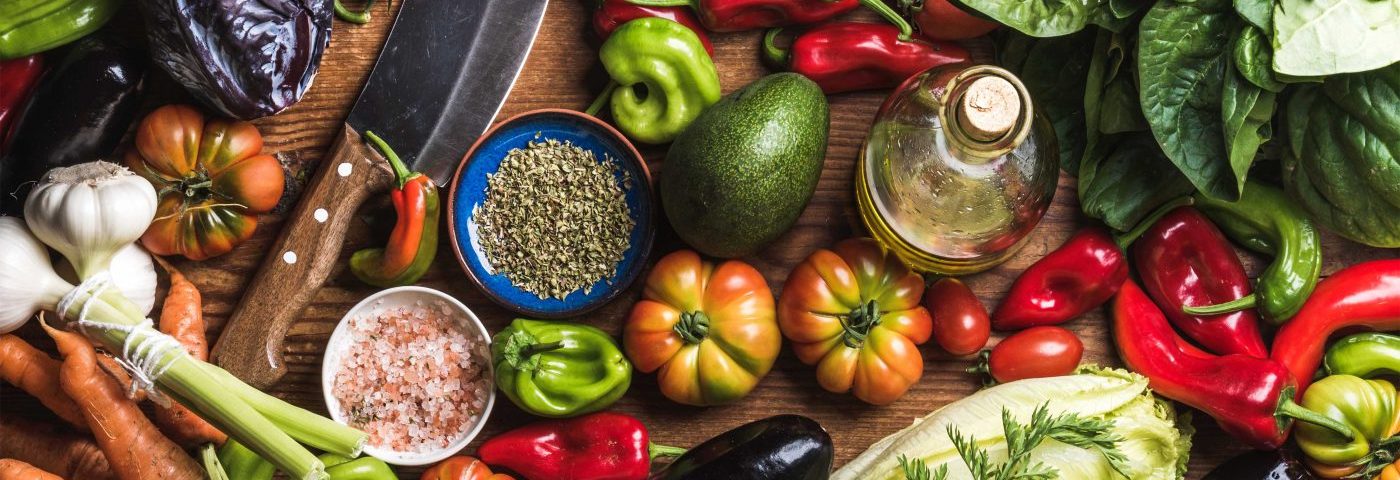I may follow what appears to be a strict endometriosis-friendly diet, but I like nothing more than tucking into a tub of cashew-based ice cream on a Saturday night. I’ve always had a sweet tooth, and the evolution of raw and plant-based foods means I can now get my sweet fix in a healthier form than ever.
This, I admit, has at times made me complacent, and I’ve indulged in raw snickers bars, high-sugar smoothies, and vegan cheesecakes all in a couple of hours (or you know, one sitting). I promise I’m not berating myself for this and I’m definitely not going to give up my love for the vegan cheesecake. But while I paid attention to what all that sugar could do to my pain levels, I never really cared about what that was doing to my energy levels, blood sugar, and hormones.
Last week, I told you all about my research into blood sugar and the way it can wreak havoc on our hormones if left unbalanced. Today, I want to talk about my continued experience of attempting to stabilize my blood sugar.
While I am studying women’s hormone health in the form of a qualification, I haven’t reached this section yet and so have been referencing heavily the brilliant book, “WomanCode,” by hormone expert Alisa Vitti.
There are a few more steps to blood sugar balancing than I’m about to describe. To balance your blood sugar correctly, my advice would be to either read the book or find a nutritionist — I am, of course, not an expert. The general gist of balancing your blood sugar focuses on eating at certain times, eating certain amounts, and not mixing certain food groups together.
- Eat a protein-based breakfast within 90 minutes of waking, minimizing carbohydrates to 30 or 50 grams in the morning (this is dependent on how your body uses sugar, which is explained in the book).
- Eat lunch within three and a half hours of breakfast. Lunch should be the largest meal, with only one complex carbohydrate and the inclusion of a good fat.
- Eat a nutritious snack within two and a half to three and a half hours of lunch.
- Eat a grain-free dinner within two and a half to three and a half hours of snack, made up of two vegetables and a form of protein.
So, how am I getting on?
Energy
One of the first things I noticed about eating this way, was how quickly I felt my body stabilizing. Before the diet, my days often consisted of a roller coaster of energy; when coupled with chronic fatigue, that made my work a struggle to get through. Within two or three days of eating my new diet, I noticed I felt … well, good. I didn’t have the terrible crashes, I felt a lot more “normal,” and by that, I mean I didn’t feel like a zombie for most of the day, and waking up started to get easier.
Hunger
So far, one of my struggles with this protocol is hunger. It’s likely due to my imbalanced hormones. I am not making the hormone that signals to the body that I’m full (to hear more about that, listen to my interview with Kate Magic), and because I have unstable blood sugar, my body is telling me I’m still hungry even after a big meal (read more about this in “WomanCode”). So, one thing I’ve struggled with is lighter dinners and feeling hungry before the next meal is due. My dilemma: Do I let myself go hungry to follow the diet and balance my sugar, or will this actually destabilize my blood sugar further because it could drop from hunger? While I don’t have a scientific answer to this (I’d love a nutritionist to chip in if they can), my solution has been to lift my sugar levels a little bit with just a few nuts or a small portion of goji berries. I’ve also added in a midmorning snack because I found I’d either have to have a super early lunch or a late breakfast to make things work and eat enough for my appetite.
Cooking
I have to say, I’m used to piling on the rice or quinoa, or stuffing corn tortillas for dinner. But I now have some substitution go-to’s that work really well, though it’s taken some getting used to. Some of my faves: jackfruit in homemade chickpea tacos or wraps, chickpea curry with cauliflower rice, spicy cauliflower steaks with refried beans and guacamole, lentil pasta in vegan pesto with asparagus and orange, and bean and carrot salad.
Eating out is a bit tricky. I do my best depending on where I am, but won’t deprive myself of carbs if they’re on the menu and I really want them!
***
Note: Endometriosis News is strictly a news and information website about the disease. It does not provide medical advice, diagnosis, or treatment. This content is not intended to be a substitute for professional medical advice, diagnosis, or treatment. Always seek the advice of your physician or other qualified health provider with any questions you may have regarding a medical condition. Never disregard professional medical advice or delay in seeking it because of something you have read on this website. The opinions expressed in this column are not those of Endometriosis News or its parent company, BioNews Services, and are intended to spark discussion about issues pertaining to endometriosis.


